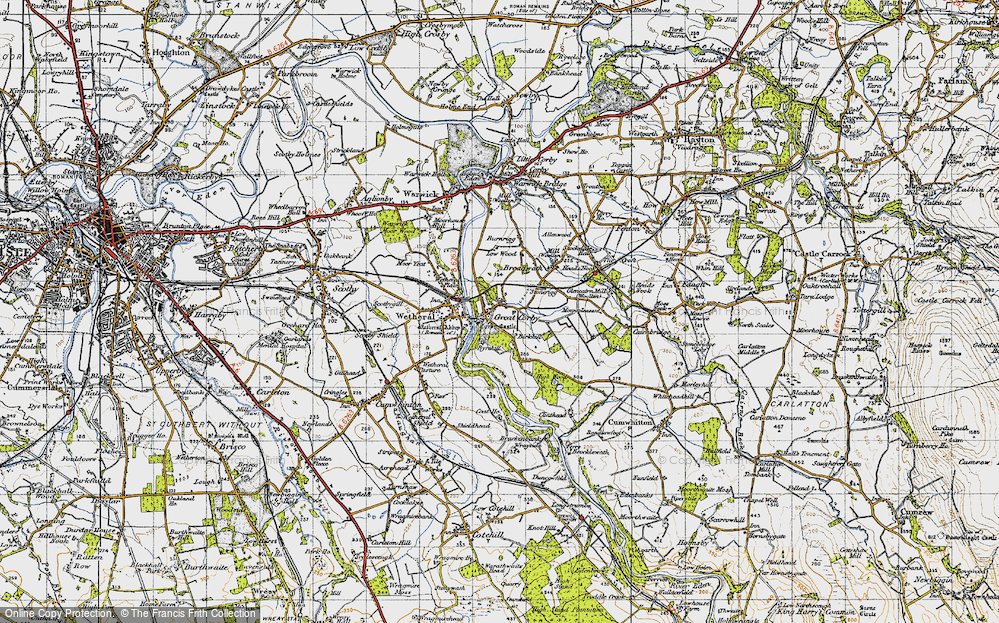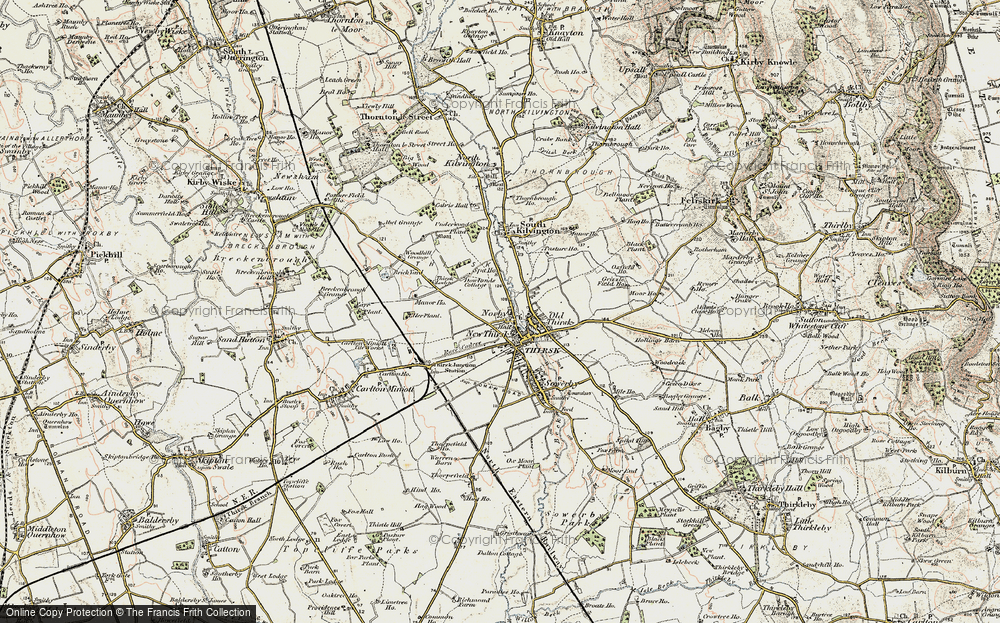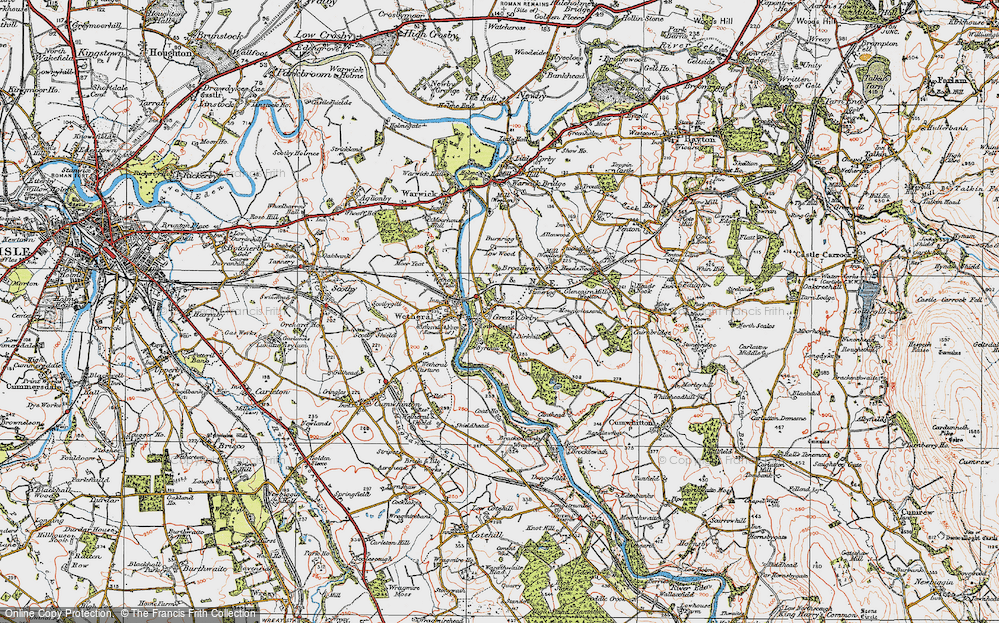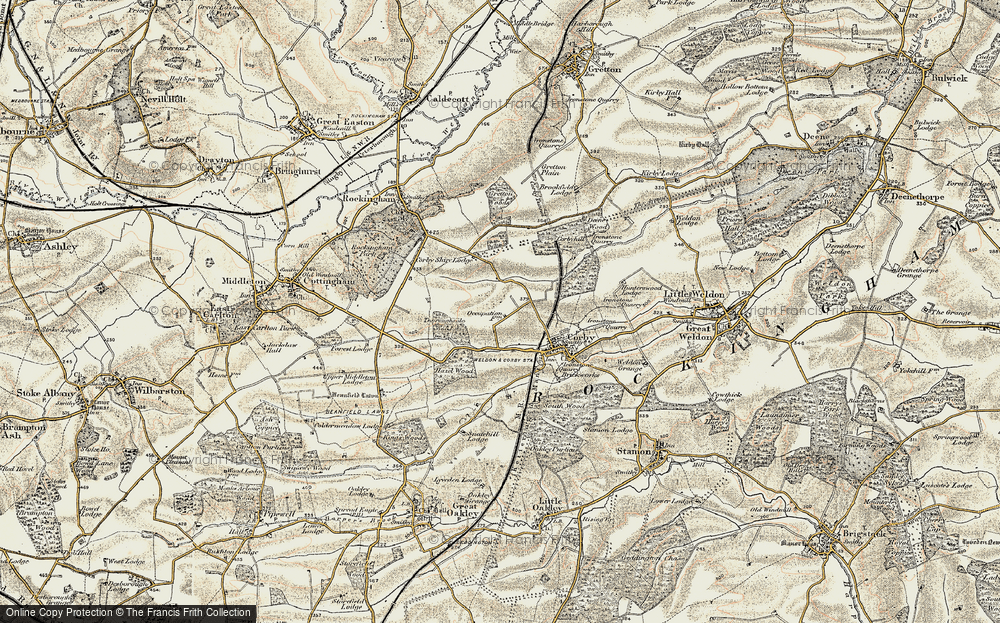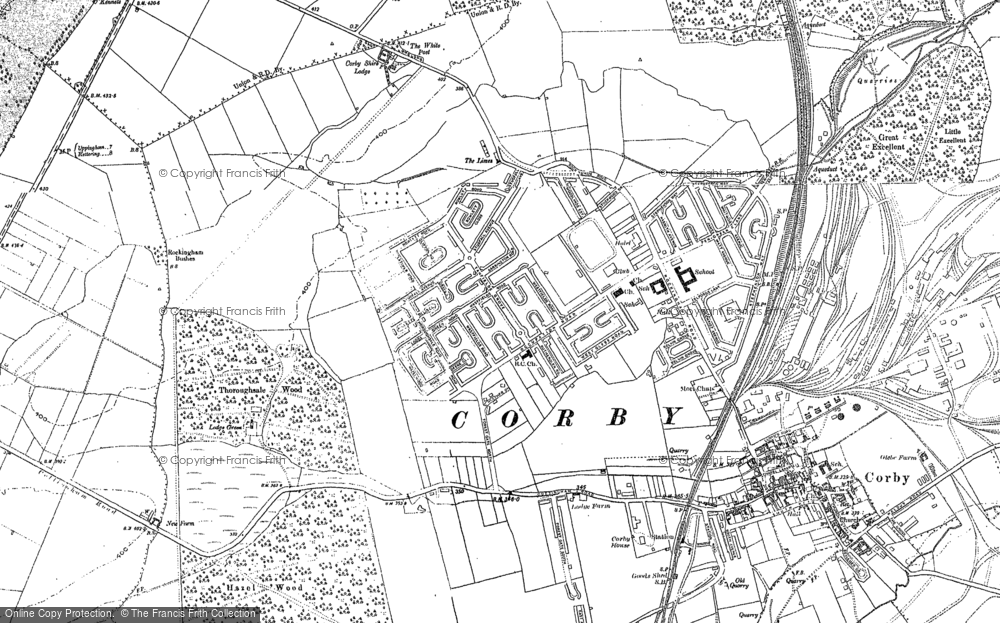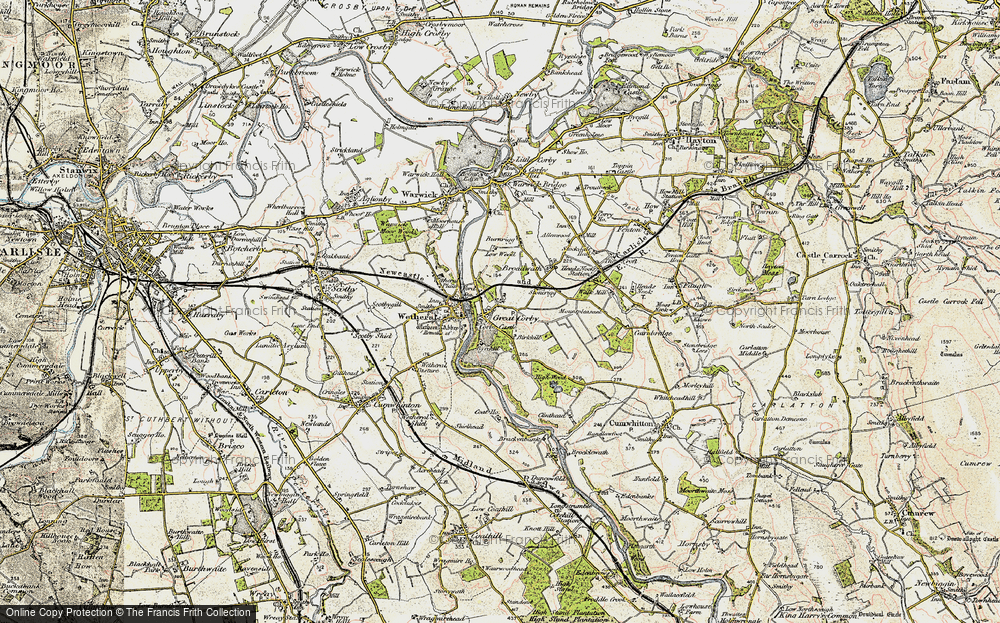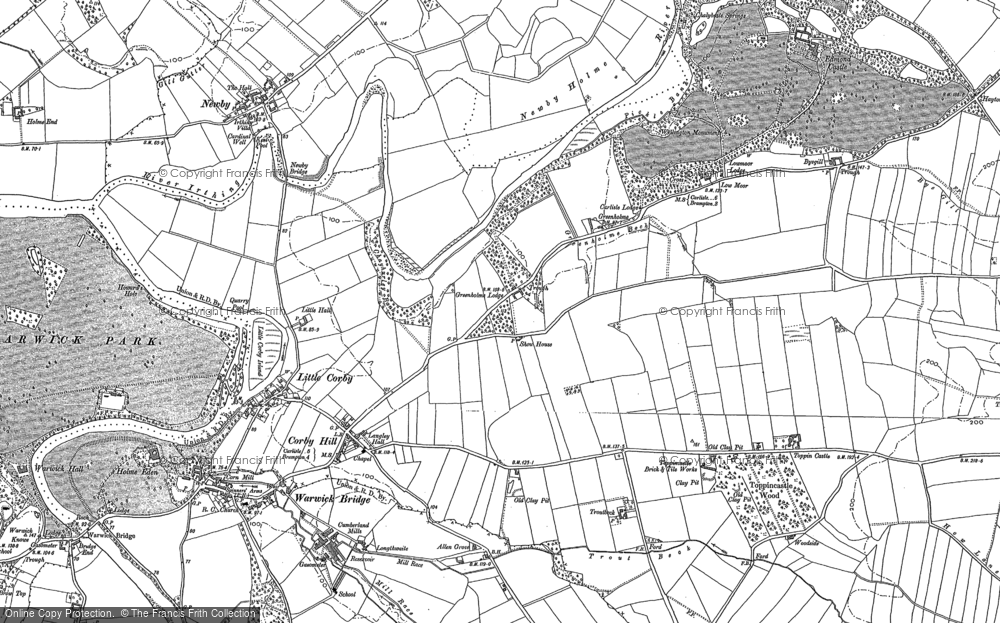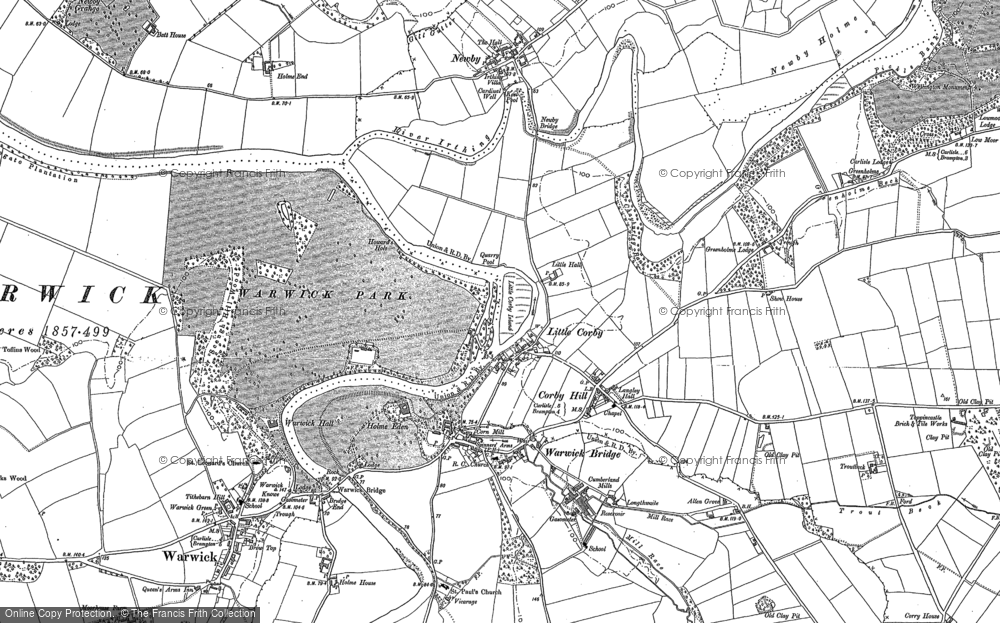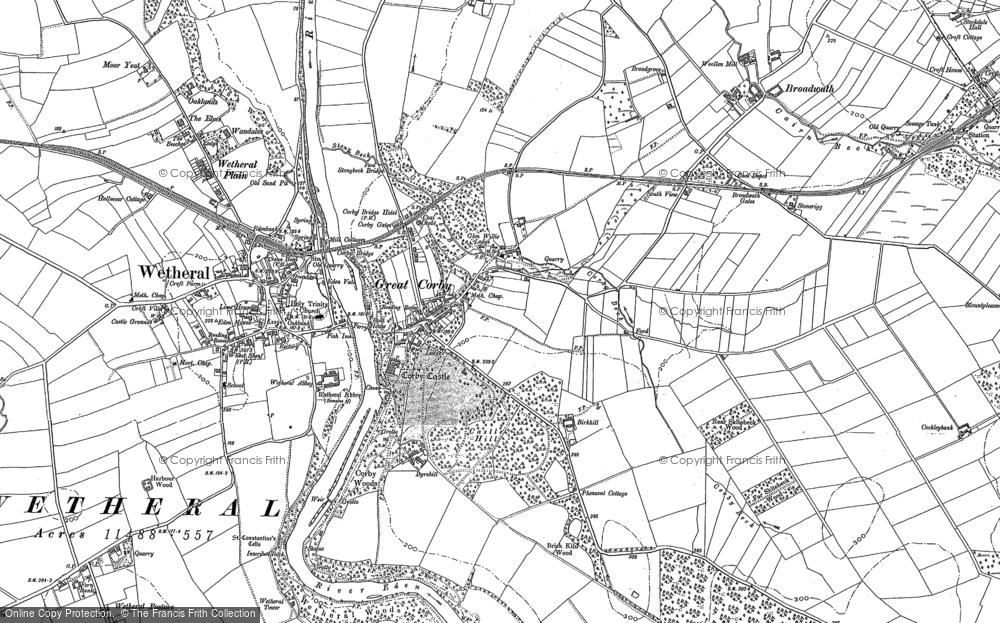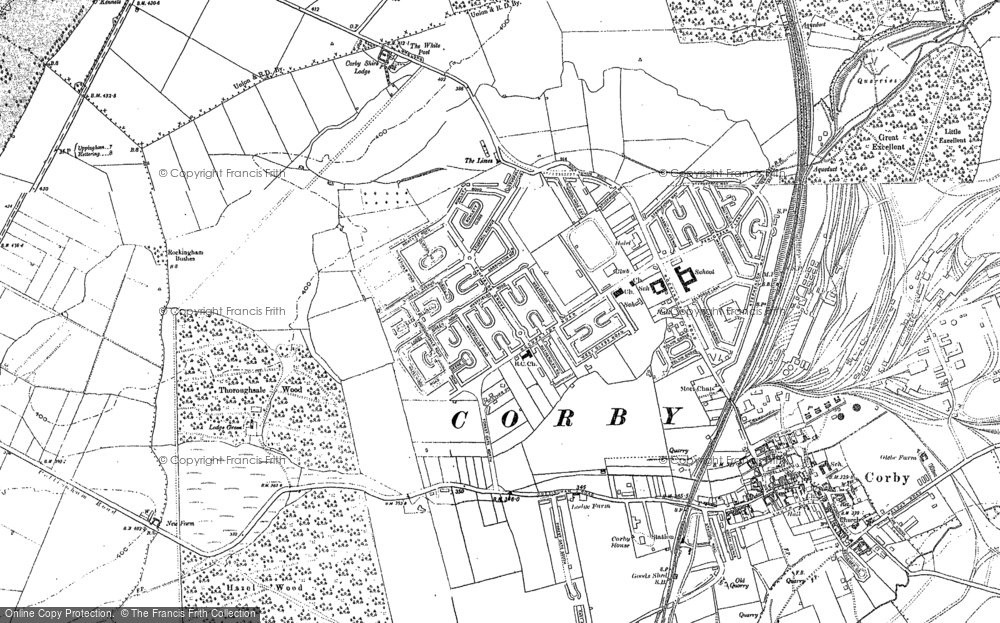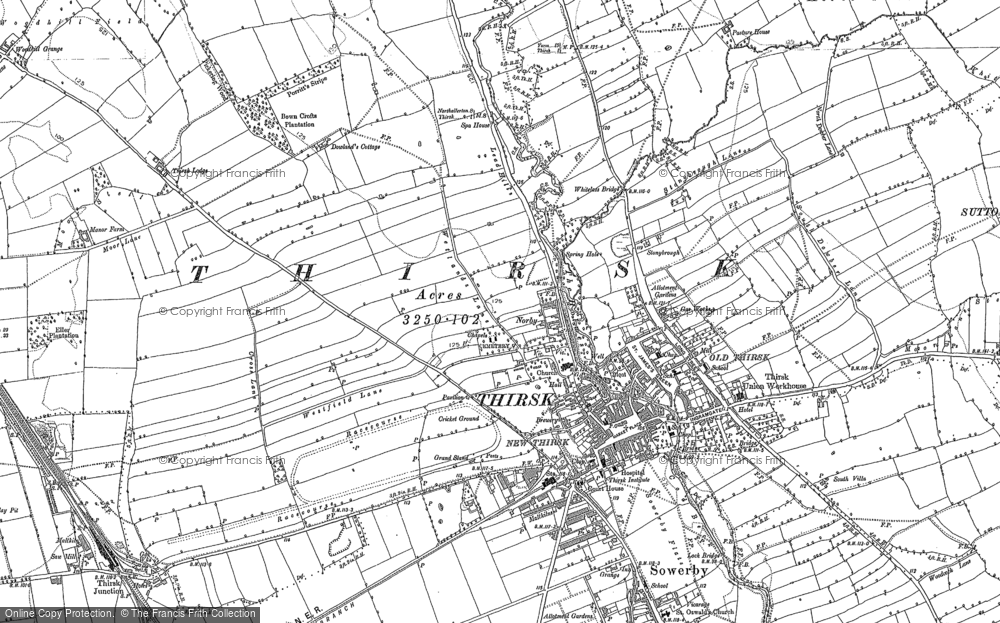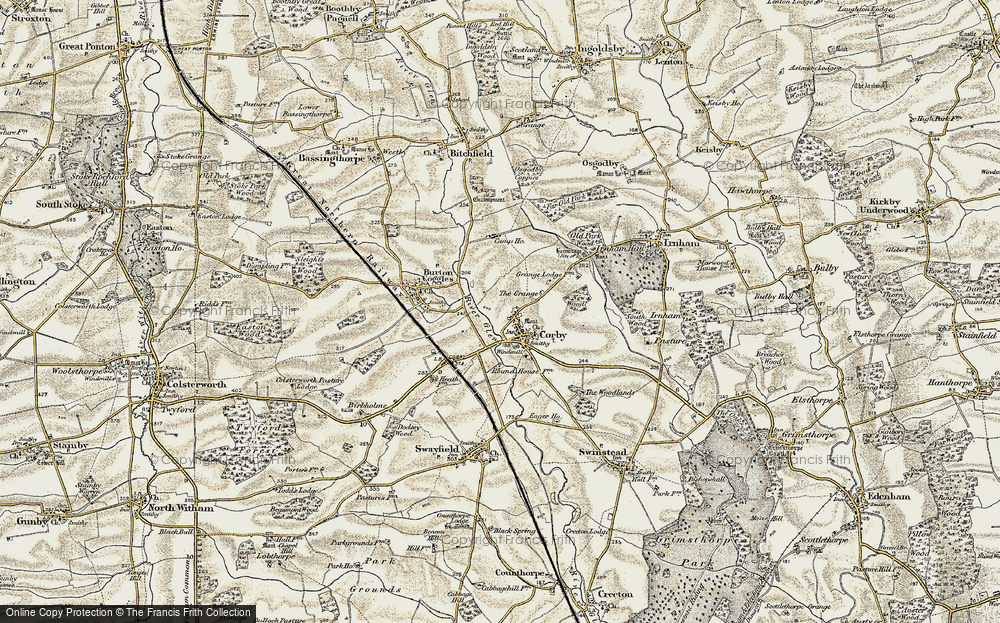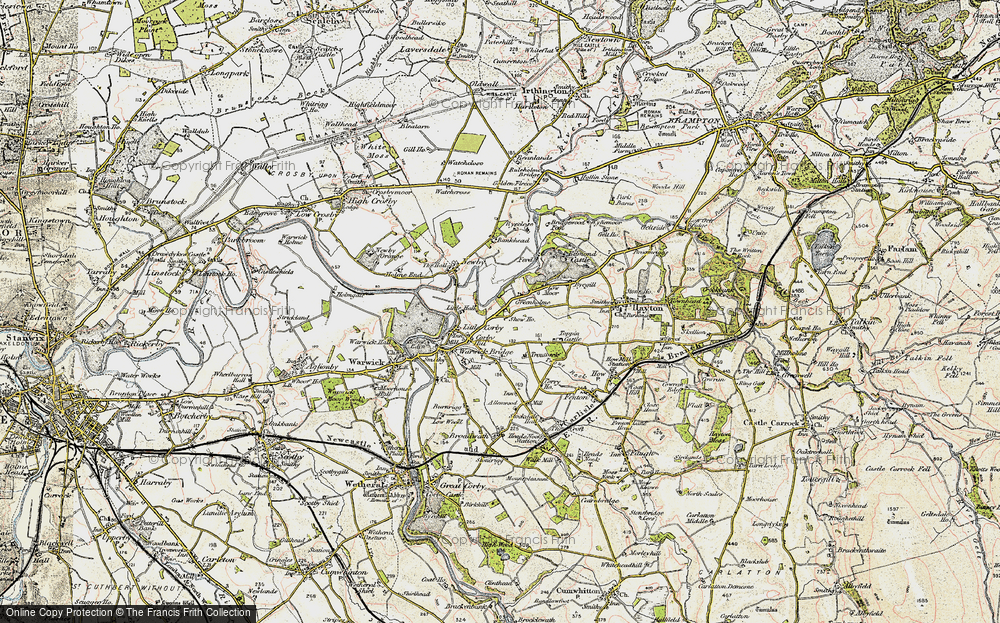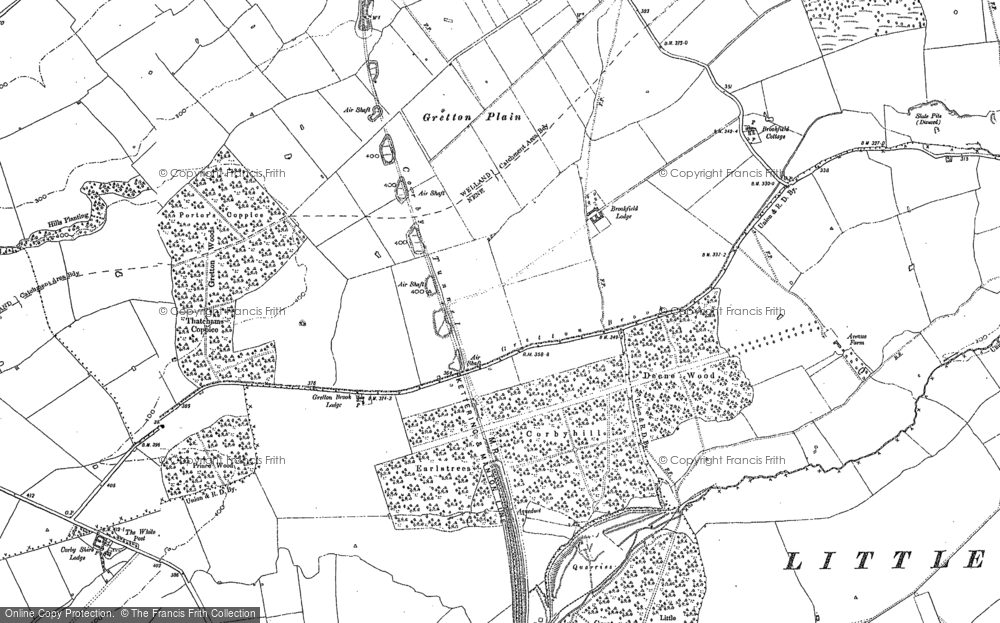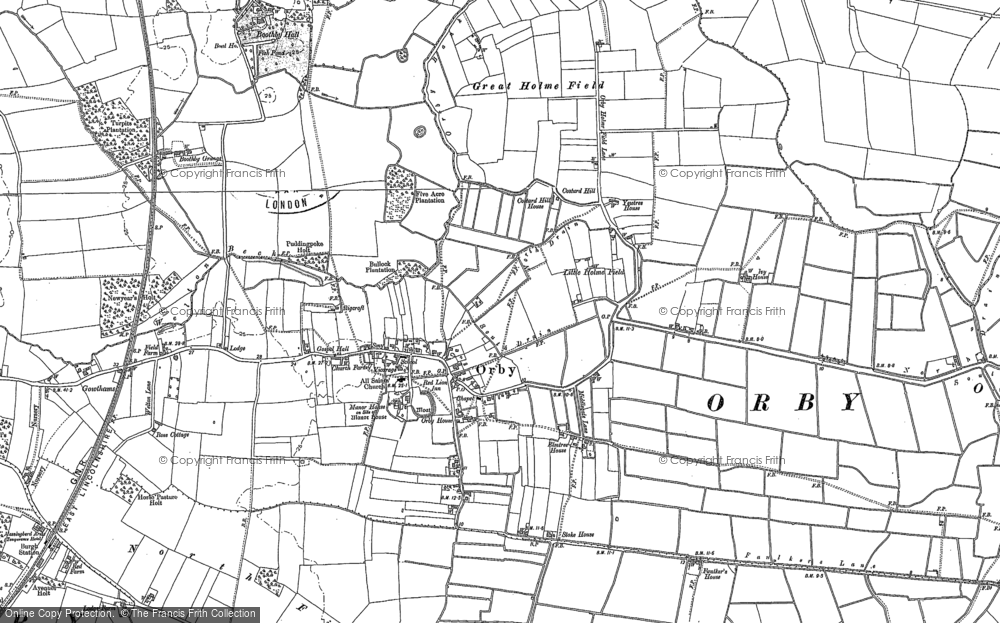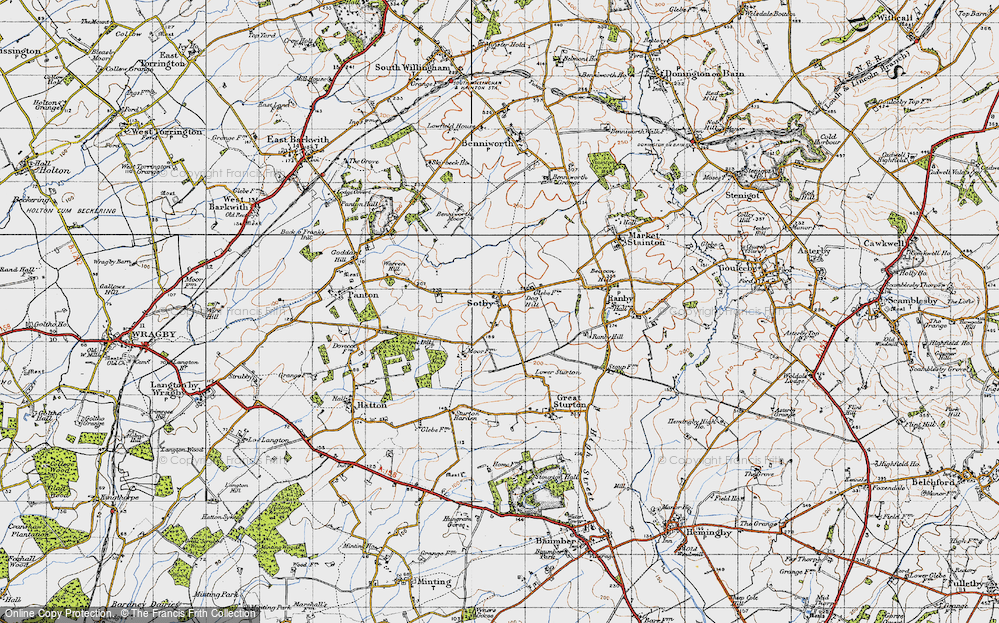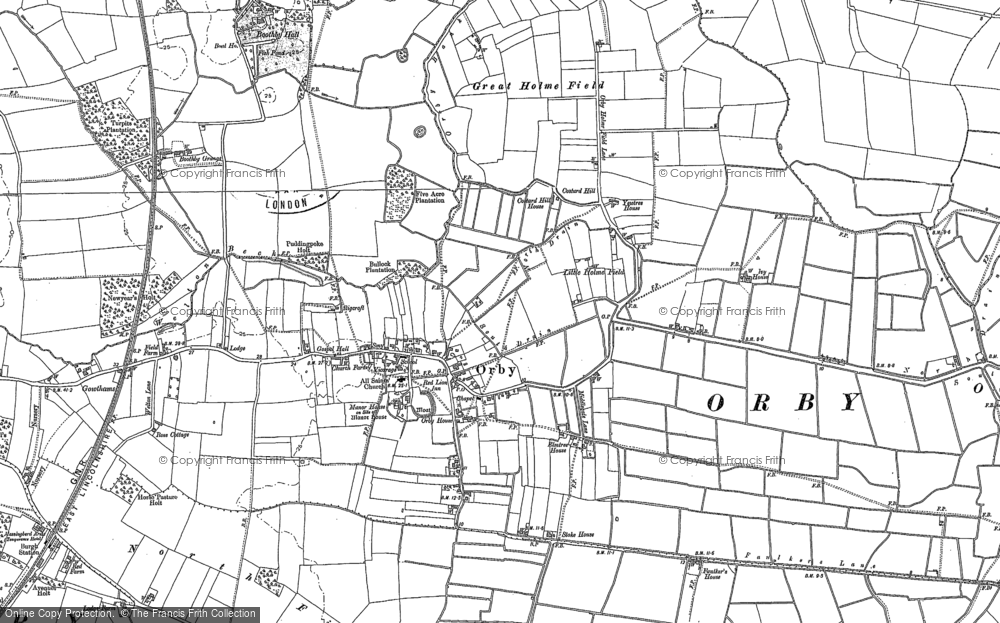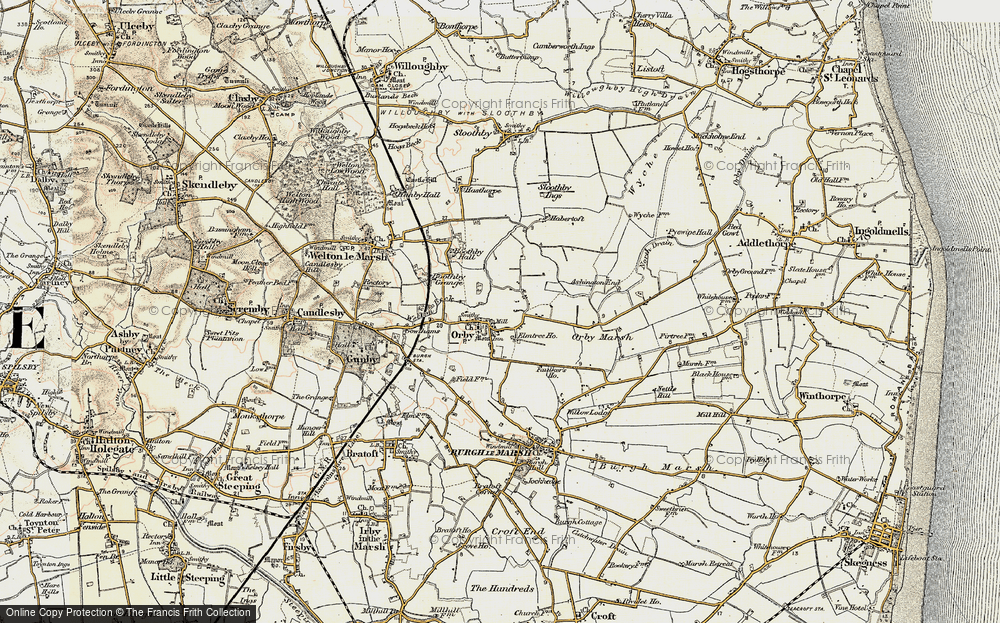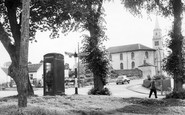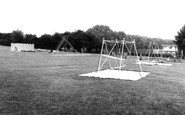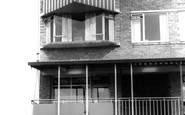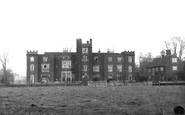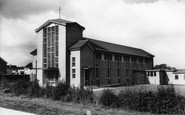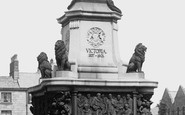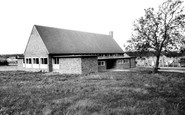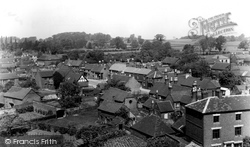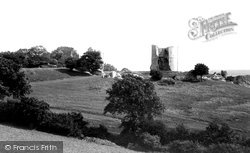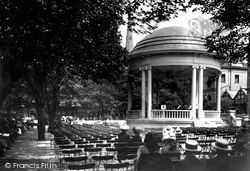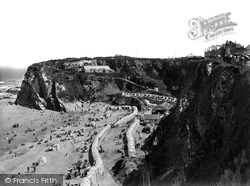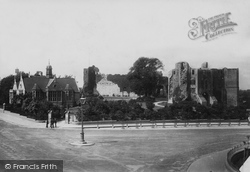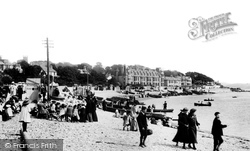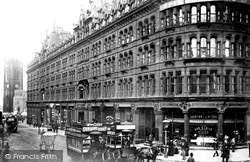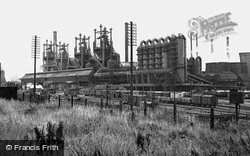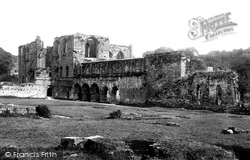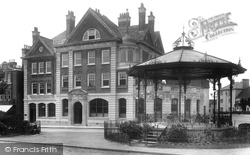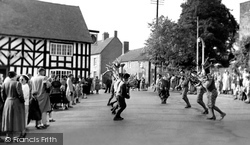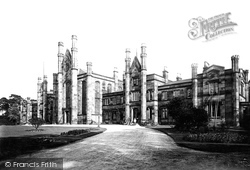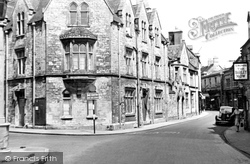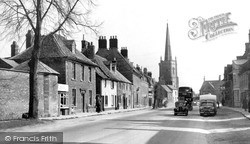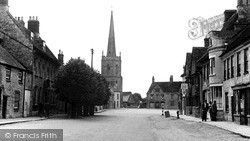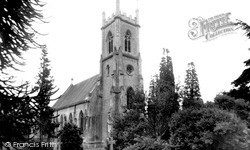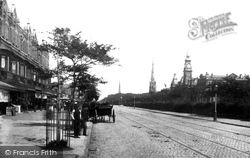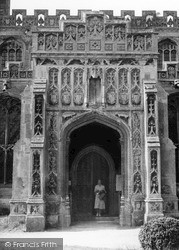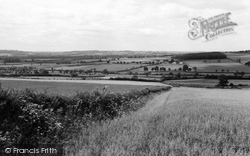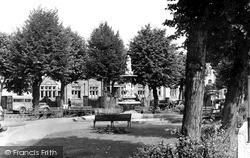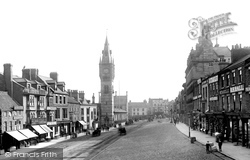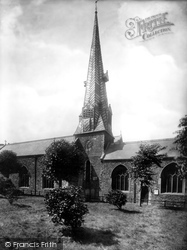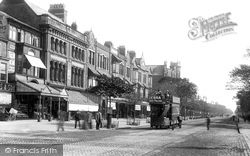Places
1 places found.
Those places high-lighted have photos. All locations may have maps, books and memories.
Photos
11 photos found. Showing results 21 to 11.
Maps
40 maps found.
Books
1 books found. Showing results 25 to 1.
Memories
107 memories found. Showing results 11 to 20.
My First Visit To Eaglesham Church
My first and last visit to Eaglesham church was when i was a schoolboy at lawmuir agricultural school in nearby Jackton. I must add that lawmuir was a boarding school in those days, and pupils went there on a ...Read more
A memory of Eaglesham in 1959 by
Coney Hall 1950/60s
This picture brings back many memories. I was born in 1953 and lived in Coney Hall until 1972, attending school at Wickham Common and then Hawes Down Secondary. The view from where this picture was taken is not dramatically ...Read more
A memory of West Wickham by
Samuel Lloyds
We came to Corby in 1956 from Staffordshire and I attended Samuel Lloyds girls school. We used to spend our dinner money in Tipaldis. My dad, Ted Simmons, was the groundsman for Stuarts and Lloyds Recreation Club and we lived on ...Read more
A memory of Corby in 1956 by
The Clock Tower
I lived in Corby between the ages of 2 and 4. We lived in the brand new flats opposite the shops. There was a large car park and I have memories of the communal washing lines and going with mum to hang the washing. From the kitchen ...Read more
A memory of Corby in 1965 by
Days As A Evacue
What wonderful days for me (and my sister ). We were looked after and cared for by the most super Mr.Mrs.Williams of Pen-y-wern Road. They had two children, Barbara & Peter, who I am still in touch with almost every week. I ...Read more
A memory of Ystalyfera in 1940 by
Trevor Sorbie
Does anyone remember Trevor Sorbie, who lived in Melton Avenue, Brampton. He went to Brampton Ellis junior school, he had a brother called Malcolm. He was a friend of Sheena Denis who also lived in Melton Avenue.He is a famous hairdresser.
A memory of Brampton in 1949
Wartime
I have wartime photos that match the distinctive window patterns and with the back marked 'Aveley' must almost certainly be Belhus House. Does anyone have any information as to what the house was used for by the army in 1940 when my father would have been stationed there?
A memory of Aveley in 1940 by
St Brendan's Church
This is the Church that Father Daniel Cronin worked long and hard to have built. From being very young, I can remember the fund raising that went on to build a new Catholic Church to serve the ever growing numbers arriving in ...Read more
A memory of Corby by
10 Dalton Square Now Where The Town Hall Is Located
My Great Great Grandmother Jane Oversby worked for a widow, Mrs Margaret Rossall, who lived at 10 Dalton Square, Lancaster. I visited Dalton Square and counted the houses from 2 - 9; then sent down ...Read more
A memory of Lancaster by
Before The Fire.
We moved into 1Greenhill Rise in 1958 when it was the very edge of town, the United counties bus turned around next to the house. We watched the building all around us and watched them build St Andrews, it was directly across the street ...Read more
A memory of Corby
Captions
89 captions found. Showing results 25 to 48.
It was paid for by Dr John Taylor, a man of humble origins who rose through the ranks to become chaplain to Henry VIII and Master of the Rolls.The church was built in 1533.
There are excellent walks in the area.The ruins are now cared for by English Heritage.
On the right is the clock tower of Cambridge Hall; the clock and chimes were paid for by William Atkinson.
The sands of Tolcarne Beach, or Crigga, are crowded with holidaymakers, whose comforts are catered for by teashops and abundant beach tents.
The library was paid for by Sir William Gilstrap (1816–1896) who had made his money as a maltster.
The small huts are where vistors hired boats for by-the-hour rowing trips around the bay.
This did away with the need to turn the trams, for by completing the circuit they would automatically be facing in the right direction for their next outward trip.
Long a centre of iron and steel making, using the iron-rich local limestone, Corby already had a vast 1930s steelworks and a population of about 15,000 swamping the original small village when it was designated
It is now cared for by English Heritage.
It was paid for by public subscription, which did not initially raise enough to pay for it: £130 was raised, but a further £70 had to be found.
It was paid for by Dr John Taylor, a man of humble origins who rose through the ranks to become chaplain to Henry VIII and Master of the Rolls.The church was built in 1533.
Unfortunately, the benefactor Thomas Henshaw had stipulated in his will that the money had to be spent on things other than buildings; that was paid for by public subscription and completed in 1837.
On the small traffic island in the left foreground is the Jubilee lamp, which was paid for by public subscription to commemorate the Silver Jubilee of George V.
The church was paid for by merchants made rich from wool. Lechlade's function as a market town was overshadowed by its near neighbour Fairford.
St Lawrence's church was built in the Perpendicular style and paid for by merchants made rich from wool.
It cost £9,000 to build, paid for by Mr John Walter II, proprietor of The Times newspaper, whose daughter Catherine died at the age of 23 in 1844.
On the right is the clock tower of Cambridge Hall; the clock and chimes were paid for by William Atkinson.
Most of the nave and aisles and the porch were paid for by John de Vere, 13th Earl of Oxford, of Castle Hedingham and Lavenham.
Most of the region's towns have fine buildings and churches paid for by the wool trade that flourished in these parts.
The modern Alexandra Hospital is some distance from the town centre, but the building visible through the trees on Church Green in this view is Smallwood Hospital, paid for by the needle
The modern Alexandra Hospital is some distance from the town centre, but the building visible through the trees on Church Green in this view is Smallwood Hospital, paid for by the needle makers Edwin and
The street is dominated by the Italianate clock tower, paid for by Joseph Pease; along with the Town Hall and covered market, it was designed by Alfred Waterhouse and built in 1864.
The curious broach spire - one of three in North Devon - was added in 1389, paid for by the corporation. S.
On the right is the clock tower of Cambridge Hall; the clock and chimes were paid for by William Atkinson.
Places (1)
Photos (11)
Memories (107)
Books (1)
Maps (40)


